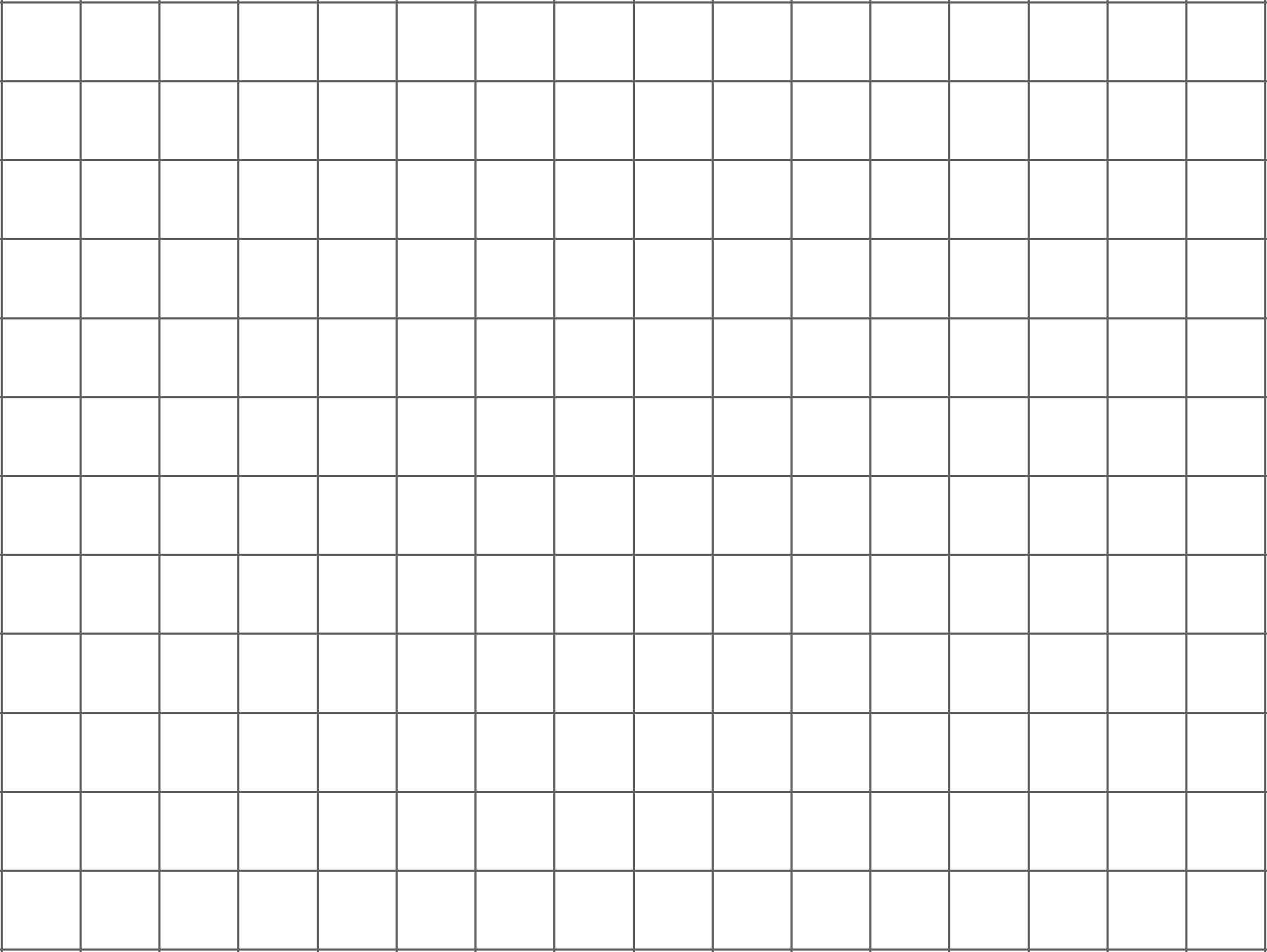Lesson 3
Balanced Moves
Problem 1
In this hanger, the weight of the triangle is \(x\) and the weight of the square is \(y\).

-
Write an equation using \(x\) and \(y\) to represent the hanger.
-
If \(x\) is 6, what is \(y\)?
Solution
For access, consult one of our IM Certified Partners.
Problem 2
Andre and Diego were each trying to solve \(2x+6=3x-8\). Describe the first step they each make to the equation.
- The result of Andre’s first step was \(\text-x+6=\text-8\).
- The result of Diego’s first step was \(6=x-8\).
Solution
For access, consult one of our IM Certified Partners.
Problem 3
-
Complete the table with values for \(x\) or \(y\) that make this equation true: \(3x+y=15\).
\(x\) 2 6 0 3 \(y\) 3 0 8 -
Create a graph, plot these points, and find the slope of the line that goes through them.

Solution
For access, consult one of our IM Certified Partners.
(From Unit 3, Lesson 11.)Problem 4
Match each set of equations with the move that turned the first equation into the second.
Solution
For access, consult one of our IM Certified Partners.
Problem 5
Select all the situations for which only zero or positive solutions make sense.
Measuring temperature in degrees Celsius at an Arctic outpost each day in January.
The height of a candle as it burns over an hour.
The elevation above sea level of a hiker descending into a canyon.
The number of students remaining in school after 6:00 p.m.
A bank account balance over a year.
The temperature in degrees Fahrenheit of an oven used on a hot summer day.
Solution
For access, consult one of our IM Certified Partners.
(From Unit 3, Lesson 14.)